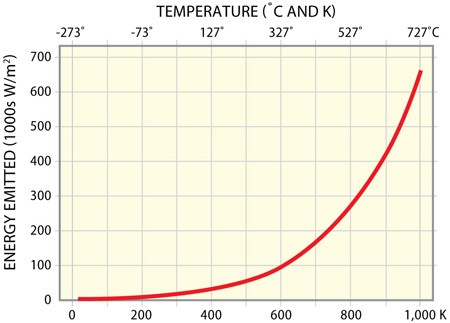Which of the following statements is not true?
A. Except for those living near nuclear plants or uranium mines we are not normally exposed to radiation.
B. A given radioisotope behaves chemically just like non-radioactive isotopes of the same element.
C. Inferences about the effects of low doses of radiation are drawn, in part, by extrapolation from incidents of high dosage.
D. Some radioisotopes are also chemical toxins.
Answer: A
You might also like to view...
The largest factor that increases heat in the energy budget is:
A) land use for agriculture. B) increased greenhouse gases in the atmosphere. C) increased cloud cover. D) volcanic eruptions.
If you only had one million dollars to spend on a population of 10,000 people in a village in a developing country, which of the following would have the greatest impact on their health?
A) Creation of reliable source of clean water, proper sewage systems and maternal health B) Medical supplies to treat labor-related injuries C) Import large supplies of nutritious fresh fruits and vegetables D) Take samples of the water and local foods to identify sources of industrial toxins and carcinogens
Sinking air warms as a result of
a. compression b. expansion c. condensation d. friction e. conduction
Compare the amount of energy emitted as a function of temperature (K). The amount of energy emitted from 200 to 600 K is ________ while the amount of energy emitted from 600 to 1000 K is ________.
A. 0 w/m2;650 w/m2 B. 73 w/m2; 727 w/m2 C. 200 w/m2; 600 w/m2 D. 100 w/m2; 550 w/m2